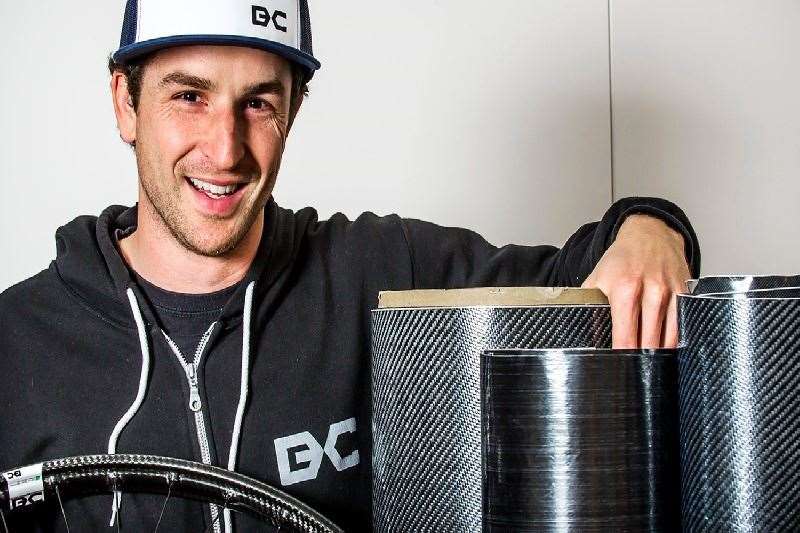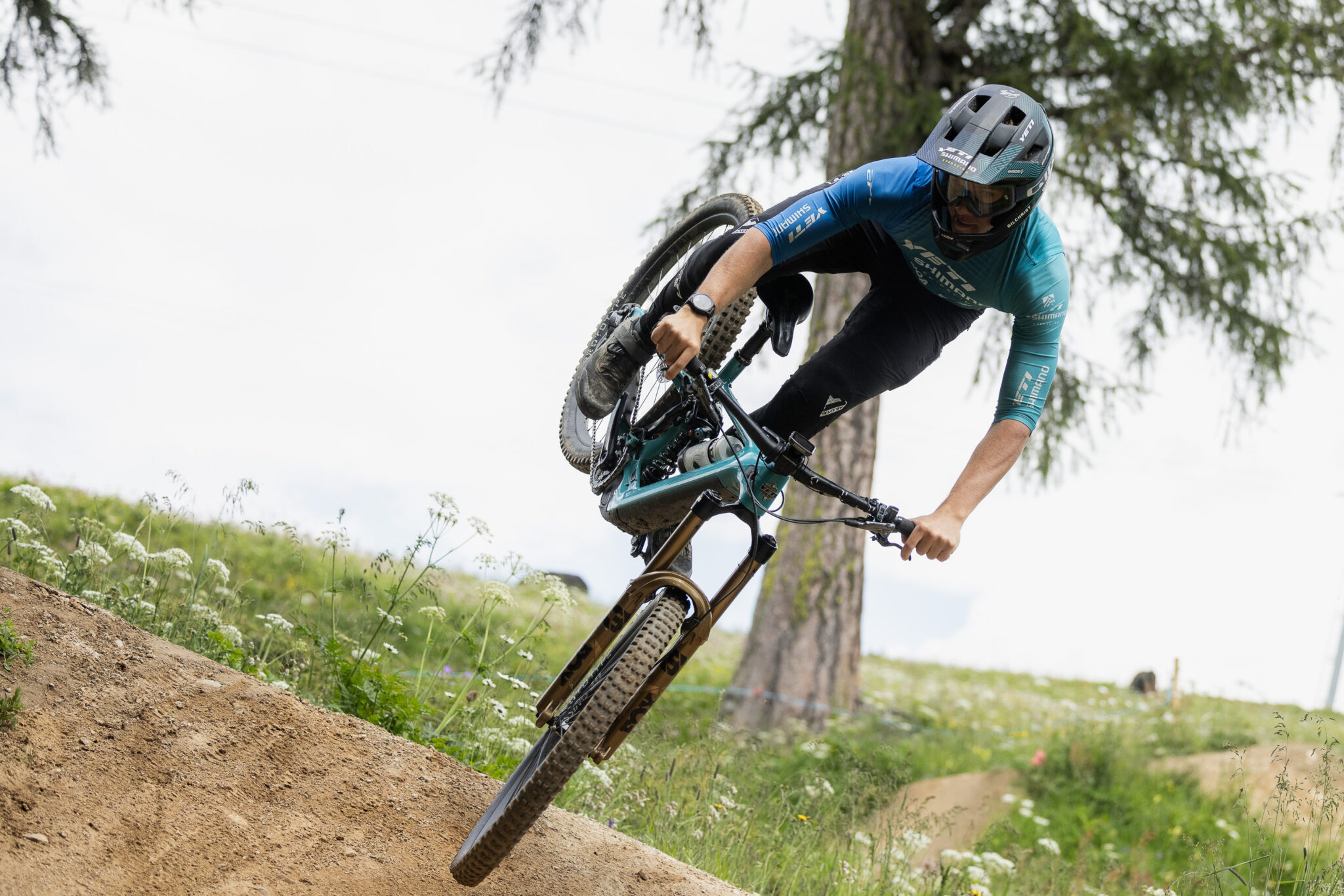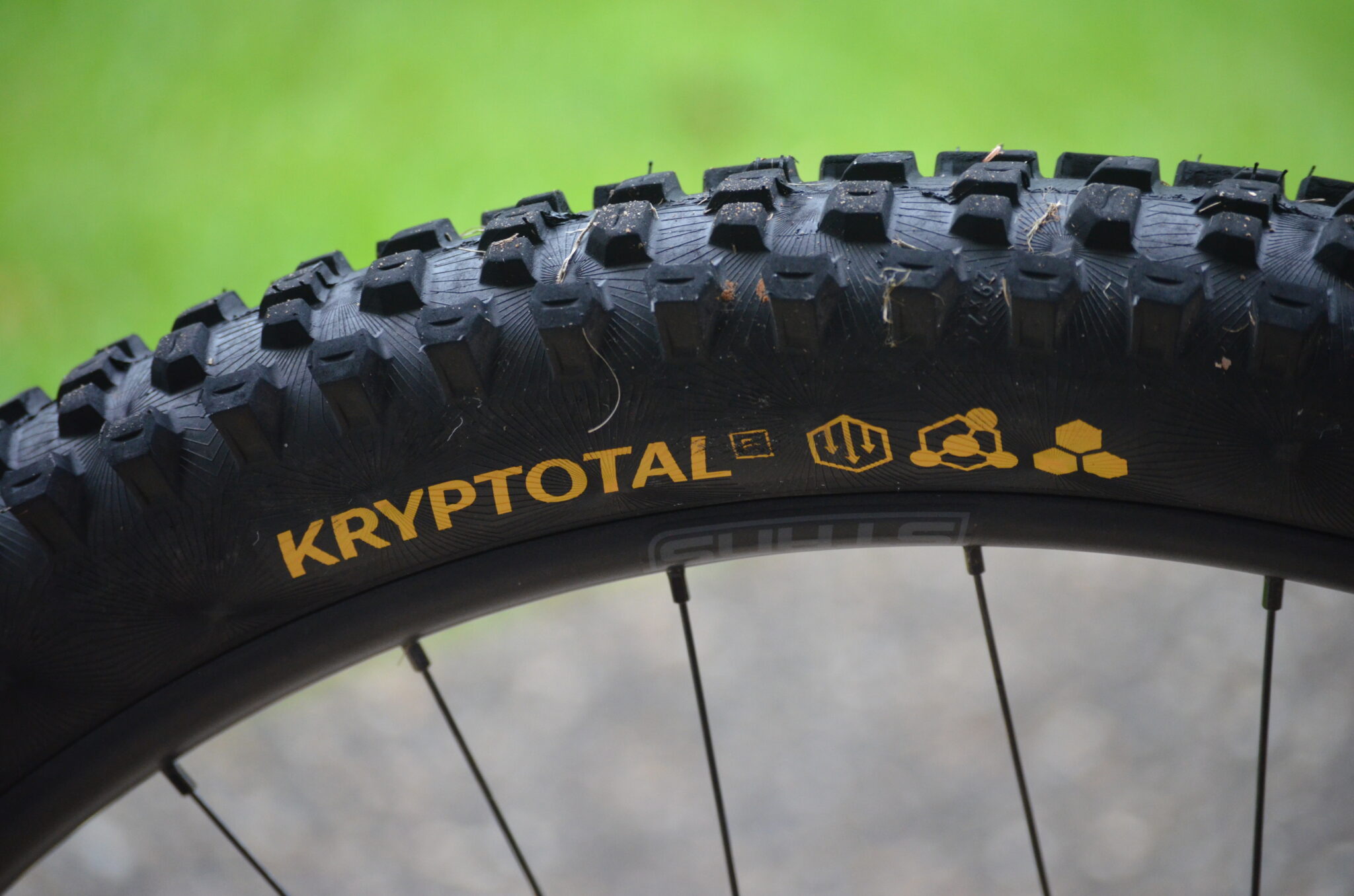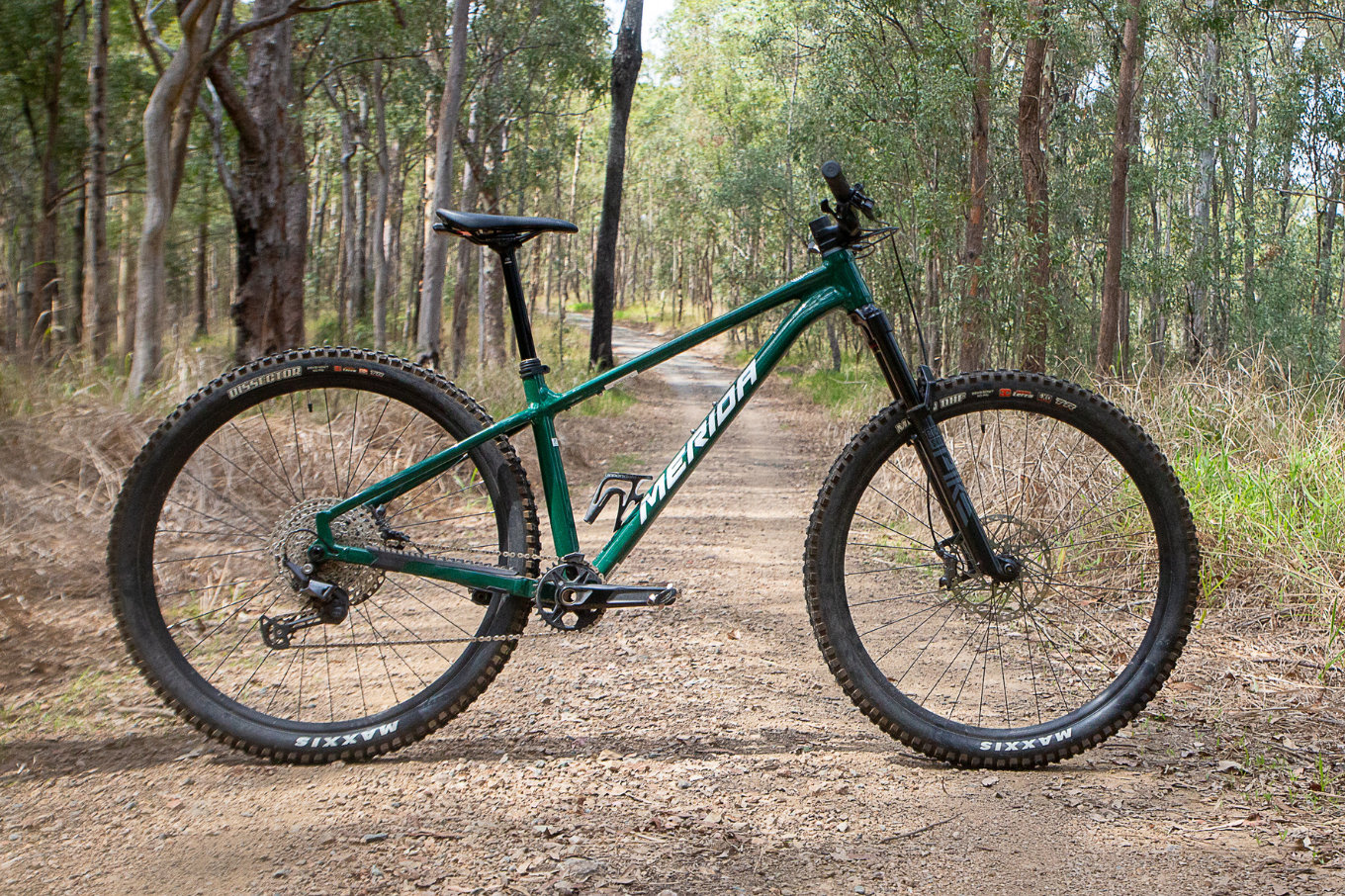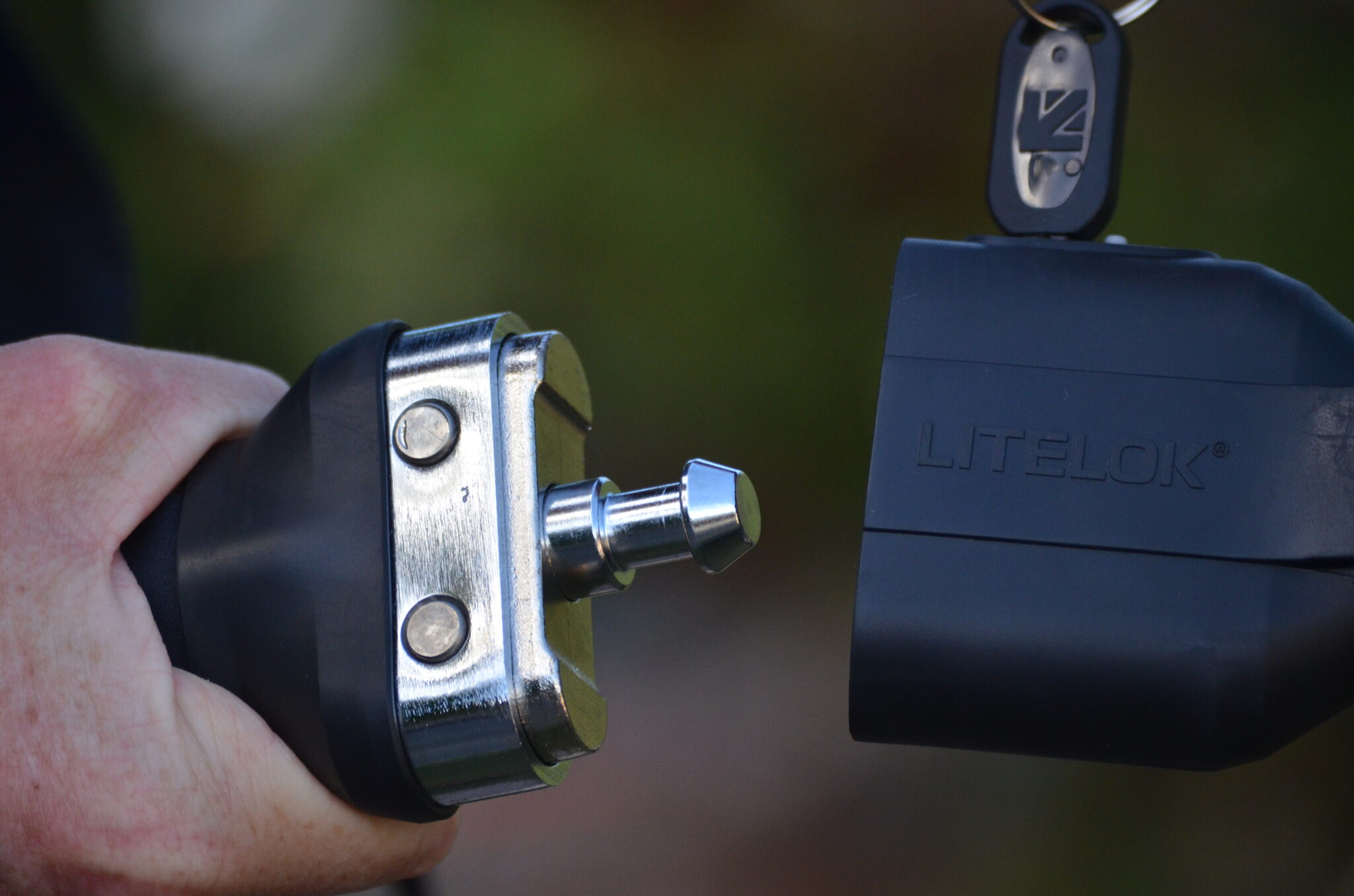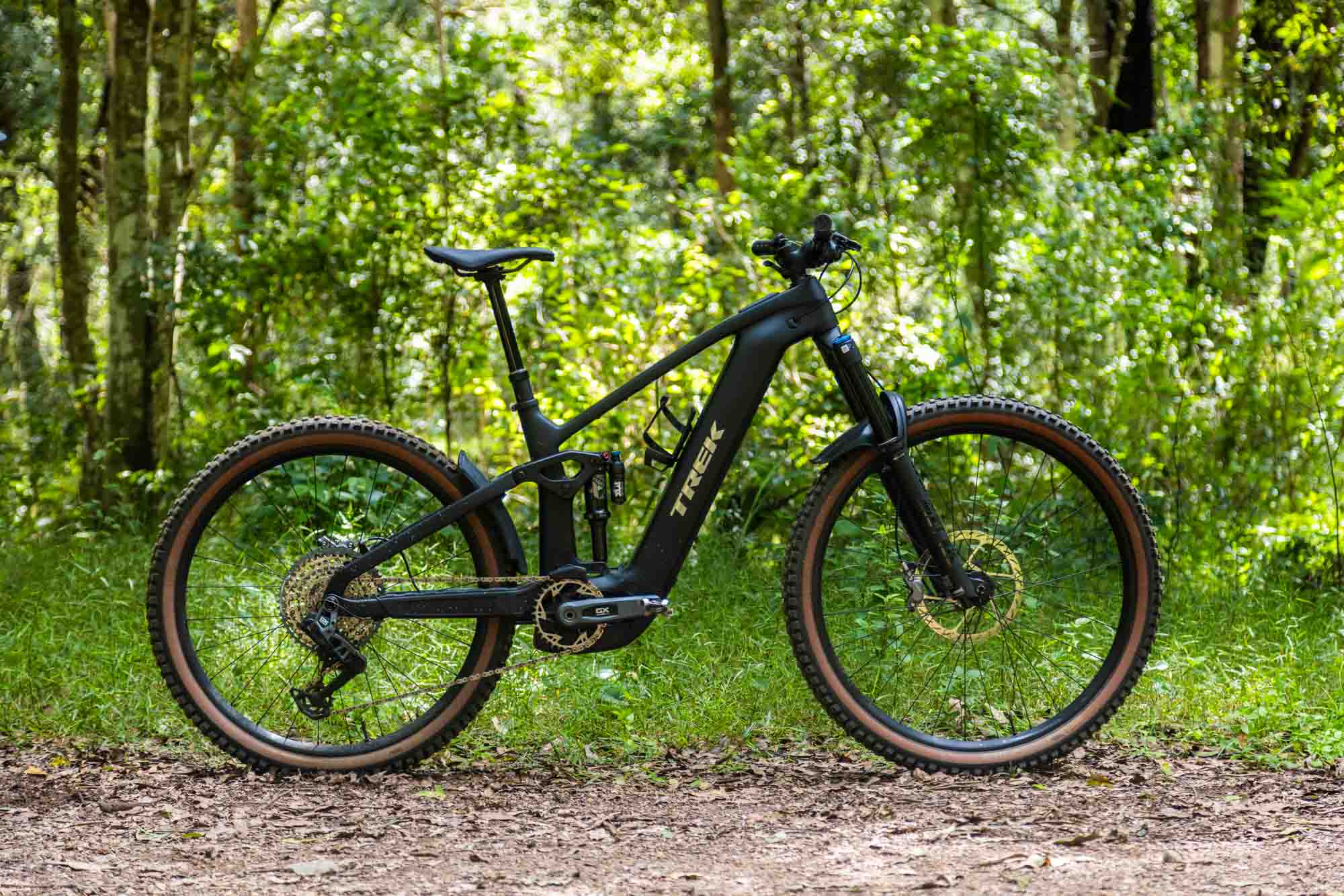Inside Bouwmeester Composites
The mountain bike wheel game must surely be a hard one to crack. Nowadays, it takes a truly unique product to stand out from the pack and show that there may just be an alternative to the status quo.
The mountain bike wheel game must surely be a hard one to crack. Nowadays, it takes a truly unique product to stand out from the pack and show that there may just be an alternative to the status quo.
If you were a luddite, you’d be pretty happy with how the bicycle wheel has panned out thus far. But people like Mello Bouwmeester aren’t luddites. They’re innovators. And thankfully for us, they’re never happy with the status quo.
Local innovation
Bouwmeester Composites is a small Australian manufacturer based out of Adelaide. Despite its diminutive size, the fledgling company is making big waves in the international mountain bike scene thanks to its brand new Tammar V4.8 wheel set.
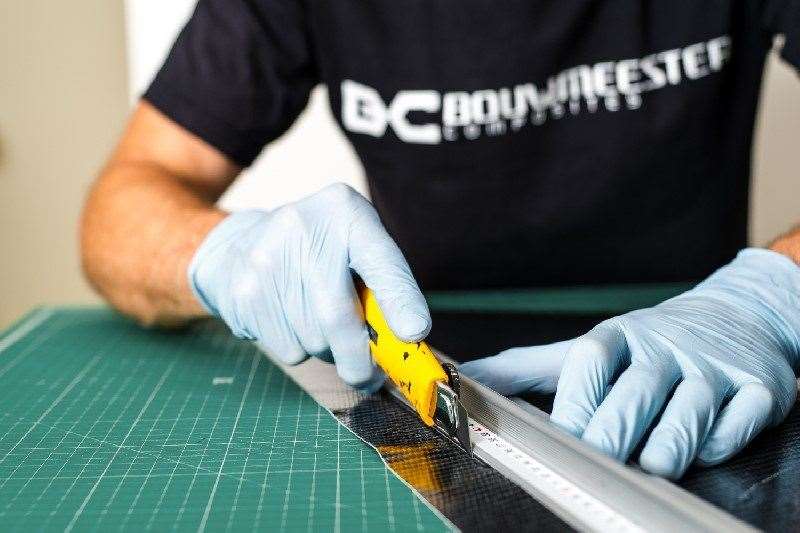
Designed for enduro racing and hardcore trail hammering, the Tammar is based around a full carbon fibre rim that has been designed, engineered, tested and manufactured in South Australia. For the past few months, I’ve been testing out a set. And in answer to your next question: yes, it is very, very good. You can read my full review on page 101.
The master builder
With 18 years of experience working in the cycling industry across the retail, wholesale, service, design, racing, and manufacturing sectors, Mello Bouwmeester is as deep in it as you can get.
Mello first formed Bouwmeester Composites (BC) in 2008, where he began by building superlight road racing wheels out of his workshop, using carbon rims he had manufactured to his design specs offshore. Locally and abroad, the reputation for both Mello’s wheel building skills and for his product grew quickly. It is perhaps quite fitting then that in Dutch, his last name translates to ‘Master Builder’.
Since 2008, carbon wheels have not only flooded the road scene, they’ve also pervaded into the mountain bike market too. As carbon wheels have transitioned from niche to necessity for mountain bikers, Mello began turning his attention back to the dirt. Despite the popularity of his road wheelsets, he had big ideas swimming around in his head, and he had even bigger plans on how he was going to make those ideas come to life.
And so in 2012, Mello made the decision to relaunch the company with a renewed focus on R&D that would take him back to his roots. The ultimate goal? To design and manufacture his own unique off-road carbon rim on home soil.
The second chapter
“Absolutely”, Mello tells me when I ask him if he sees two different chapters in his company’s history. “Bouwmeester as it was known then is very separate from what Bouwmeester Composites the company is about today”.
For Mello, it seems that only the name remains the same. The product, the design and the execution are all very different.
“Today BC product is 100% Australian designed, engineered and made. This transition to Australian manufacturing is something I’m very proud of. It gives us better capacity as a business with our IP, design, research and quality control.”
Many riders out there will be stoked on the option of a locally made product, but it isn’t quite as easy as a lot of them would expect. There’s a reason why most of Mello’s competitors simply re-sticker catalogue rims made in Asia.
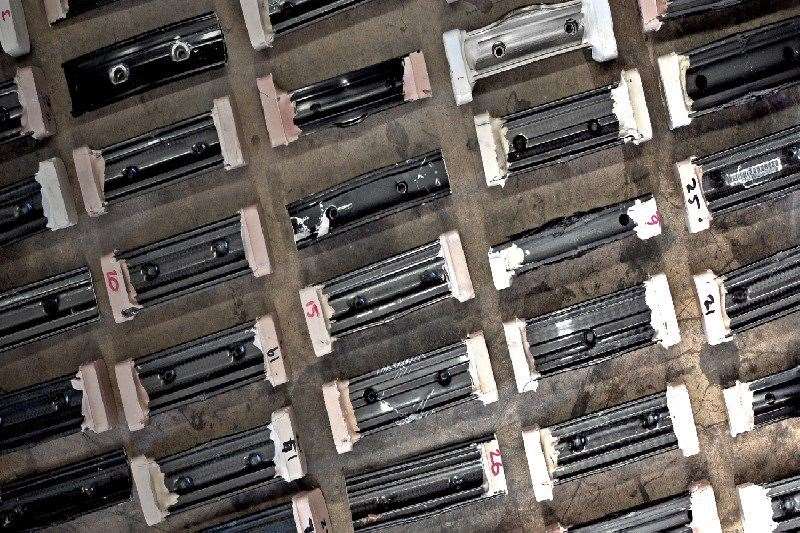
“It took us about 2 years to develop the current Tammar rim” Mello explains. This extensive development process was undertaken with the help of specialist composites firm Luescher Teknik.
As a carbon specialist with experience working in aerospace, Raoul Luescher is the go-to man in Melbourne for carbon bicycle frame and component repair. Having an enormous database of information about common carbon failure points and fracture behaviour to draw from, Mello and Raoul took full advantage of this data during the Tammar’s development and testing phase.
“The Tammar was really a back to basics approach with rim design and a look at fundamentals to make a better product”, Mello explains when I ask what drove the need for a new rim design. “We also listened to customers talk about the harsh and unforgiving feel that stiff larger box section carbon rims give when on the trails. This took us down a very interesting R&D path for optimising and tuning the layup in our rims to offer more compliance, better grip and handling”.
And does Mello have an idea of how many hours have gone into the final product?
“It would honestly be scary to add up!”, he admits with a laugh. “I’m probably lucky to still have friends and family, as often I’d be in the workshop close till midnight, every night. Just for our final layup we made over 50 variants, and we backed that up with the accompanying barrage of tests to validate it. This was just one very small portion of the total project”.
Developing the perfect rim
Designed and built as the ultimate 27.5” enduro wheelset, the Tammar features a 38mm wide carbon rim that uses a unique single-wall design, not unlike a motocross rim.
“Interestingly, it was less driven by inspiration and more focused on the process of design, testing, validation and research and development” Mello explains when I ask him where the inspiration came from for the single-wall design.
Unlike other carbon rims that are hollow, the Tammar rim is solid from bead to bead. Each sidewall is 3.25mm thick, and the rim bed is even thicker. This solid-wall design builds on the strengths of carbon fibre, which is at its toughest when made up of many interlaying levels that are firmly compressed together.
“Quite a lot of carbon box section rims go down to about 0.9mm through the mid profile”, explains Mello, who spent an enormous amount of time conducting destructive testing of his competitor’s products. “All current carbon rims on the market are just a carryover from road rim design or aluminium extrusion profiles”, Mello informs me. “While there are some design tweaks, they are not fully optimised for composites. One impact from a wayward rock and it’s party time for delamination at those thicknesses”.
BC sources premium TorayCA carbon fibre, with an enormous number of plys laid up in each rim. They use a toughened resin matrix blend, which contains microscopic rubberised particles that help the rim to absorb impact energy to reduce the chance of cracking.
Because the rim isn’t hollow, BC is able to use mammoth pressures during the curing process. While standard carbon production sees pressures of about 120psi, BC uses over six times the level of compaction to create a more dense and void-free structure. This is what gives the Tammar rim its enormous strength.
“It’s a fairly intricate and time-consuming carbon layup and manufacturing process”, Mello responds when asked about the number of hours that go into producing each rim. “Even down to our spoke holes, we use a special aircraft certified drill piece for accuracy, because poor drilling practices can create delamination at the critical point of spoke load. We also drill on two-axis, which is matched to our CNC machining of the mould, so the nipple sits at the perfect angle in the rim”.
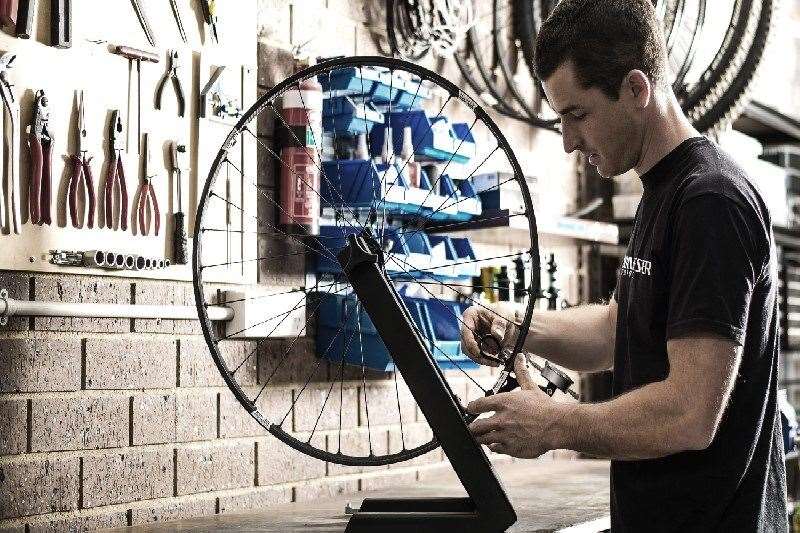
Australian made by Bouwmeester
To get production off the ground in the first place, Mello had to jump through some serious hoops. Fortunately, he received a grant through the South Australian government for the R&D phase for advanced manufacturing. Without this government assistance, the whole project may not have gone ahead.
“The other time consuming factor was we were not only designing a new product, we were developing a new manufacturing process to optimise the Tammar rim and make it viable for Australian manufacturing”, explains Mello.
And with that response, I can’t help but wonder: were there any points during those two years where he wondered if it was all too hard?
“YES!”, Mello says exasperatingly. “There were probably about four key moments through the two years I was close to broken. But you have a good night’s sleep, or you go for a ride, then look at the problem with fresh eyes and you just get on with it”. Thankfully, Mello is far more driven than most of us.
“Sometimes in R&D when you are doing something no one has done before it’s difficult to see the light at end of the tunnel…and that is what can break you. You also feel this more keenly when it’s your own time, money and balls on the line. This was a true R&D project with many design challenges. Anyone can pick a rim out of the Taiwanese buyers guide and put a sticker on it. This is not to say that Asia doesn’t make good stuff, they absolutely do, but there can be massive variants in quality. The true design test is to do something new, mix that with manufacturing in Australia and you have the perfect recipe for highs and lows. Luckily this is balanced out with the massive reward when you launch the new product and you speak to customers stoked on your wheels”.
And stoked BC’s customers most certainly are. Not bad for a small Australian company taking on the manufacturing might of Asia and the marketing power of the US.
And as for the future? While we’re unlikely to see BC going back to road wheels, Mello tempts me with a tantalising clue as to future developments. “The Tammar was part of that transition being the first solid carbon rim profile and is the starting point for more cool things to come in the mountain bike segment.”
Photos: Bouwmeester and Wil Barrett

